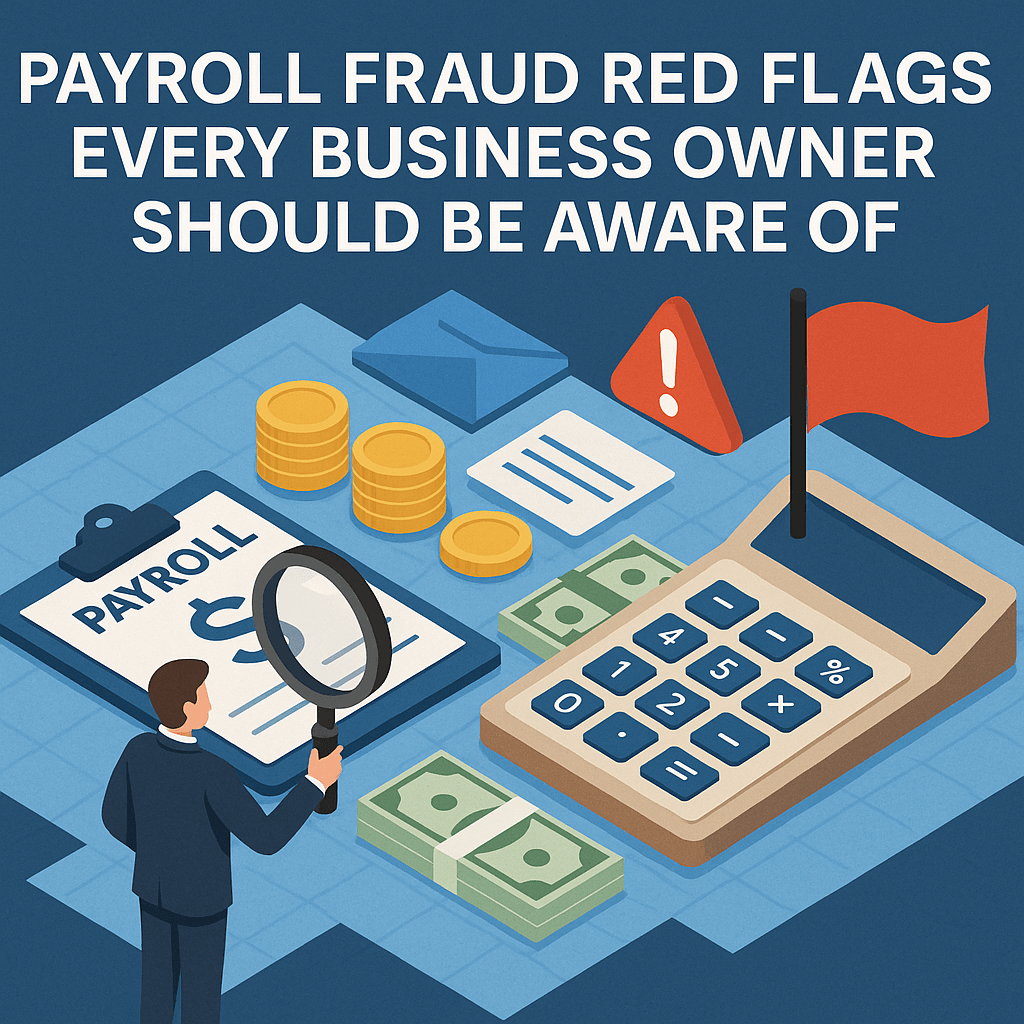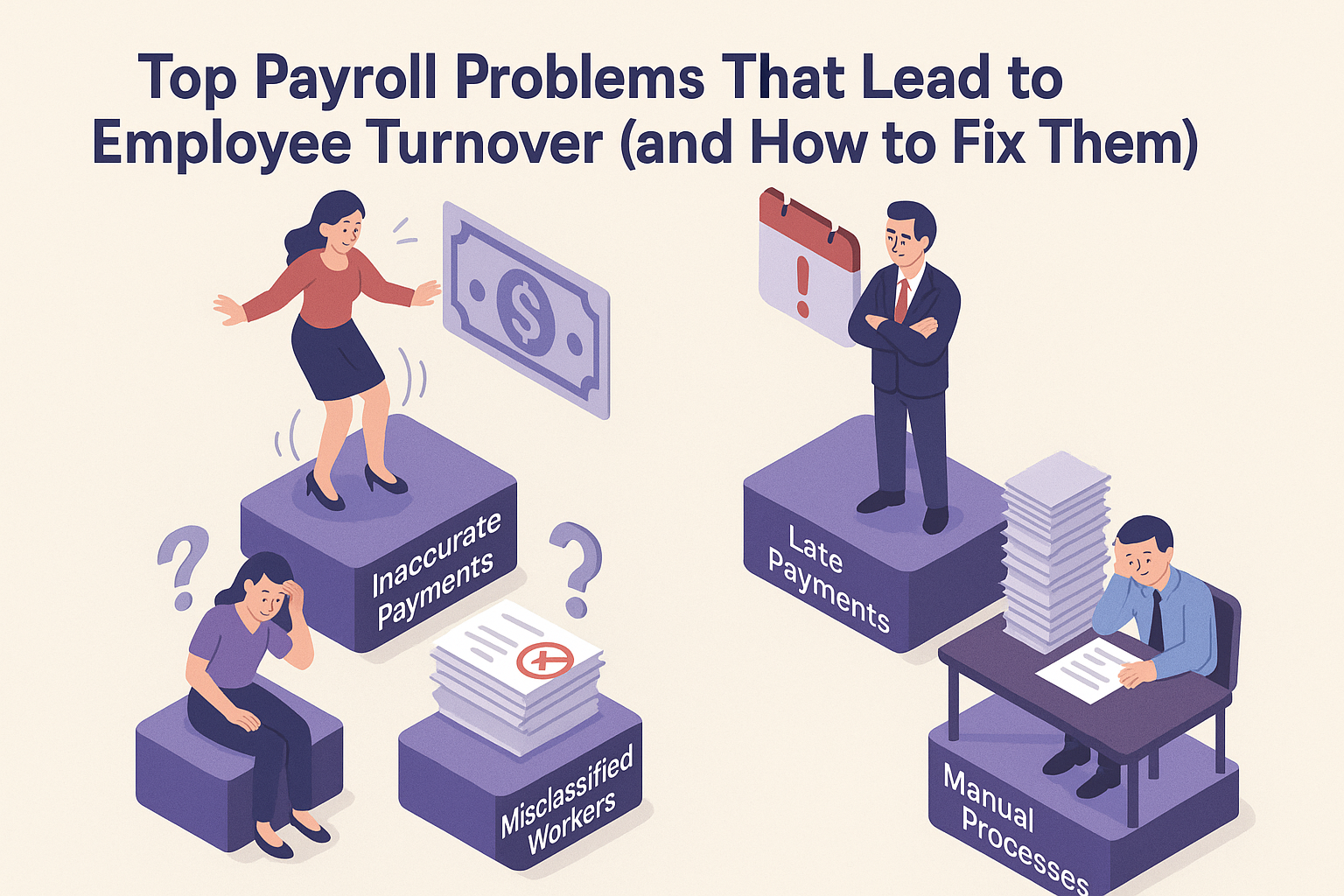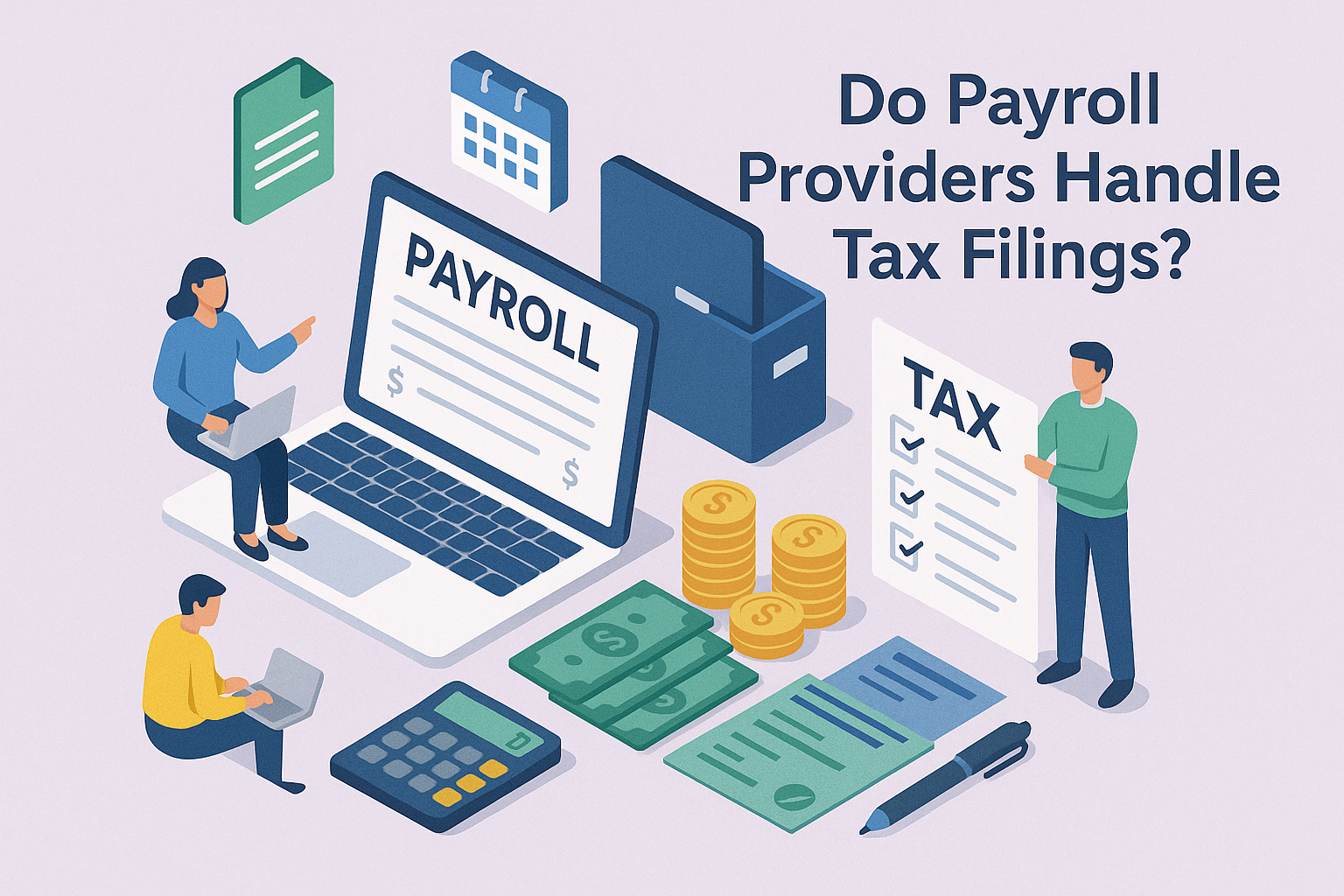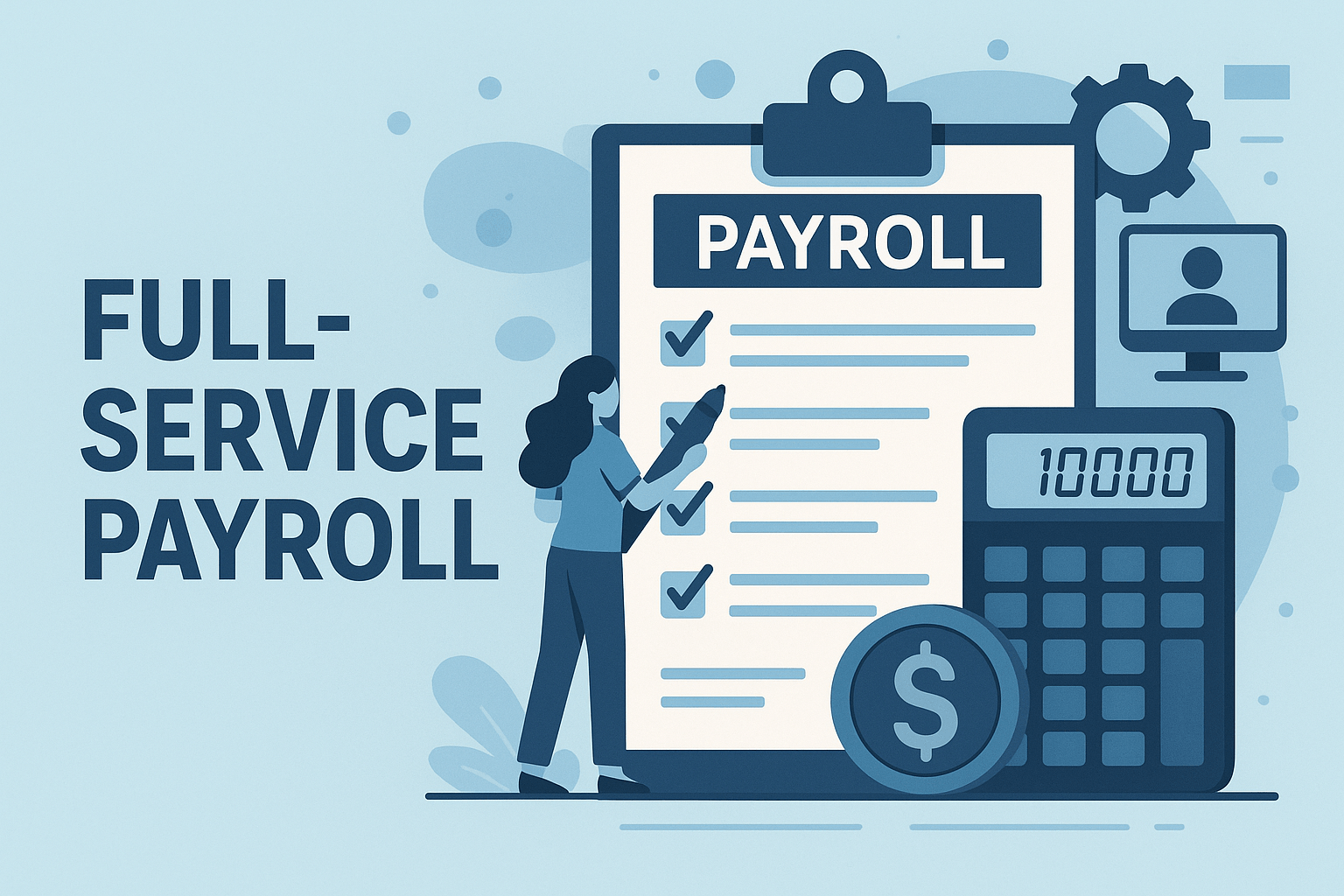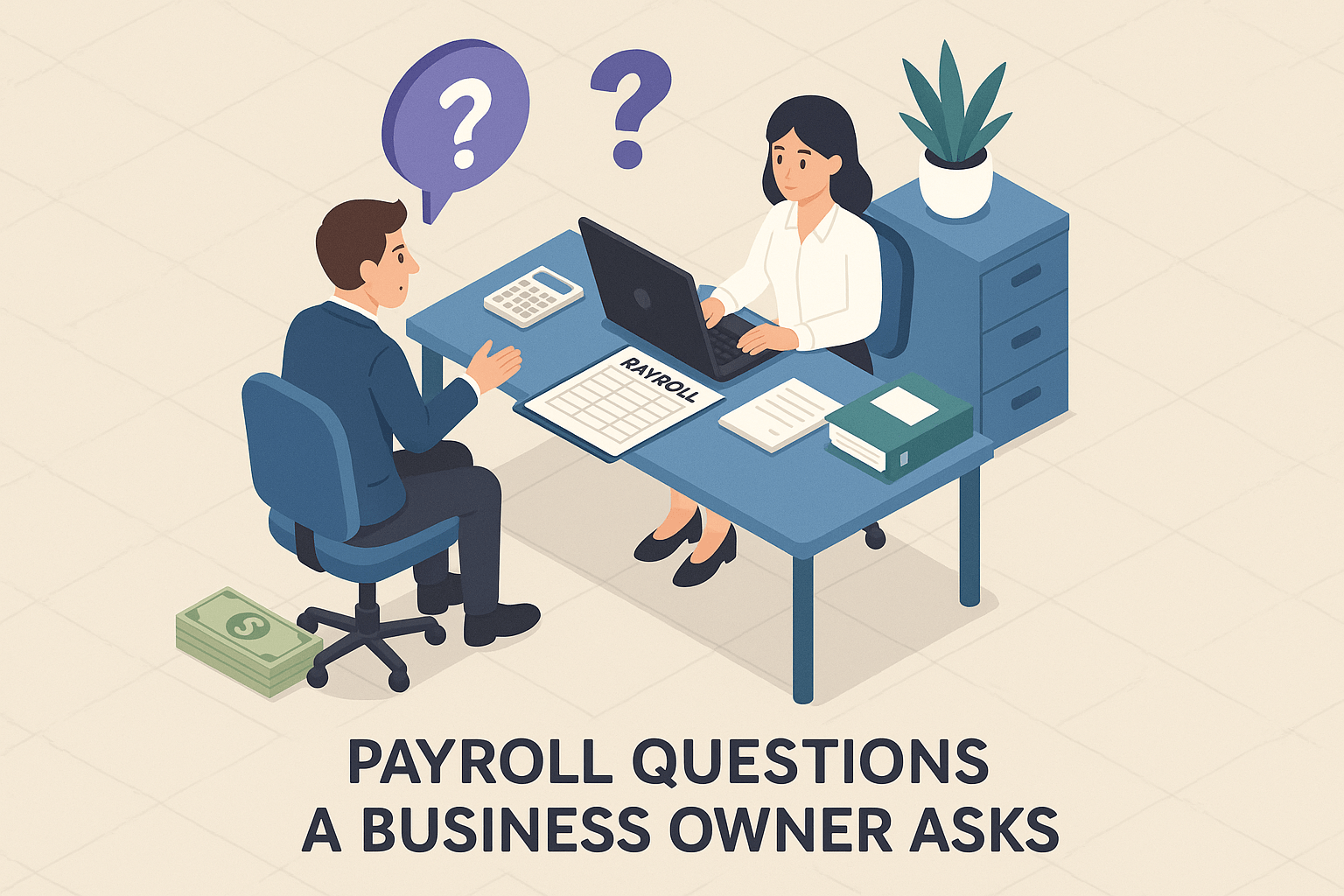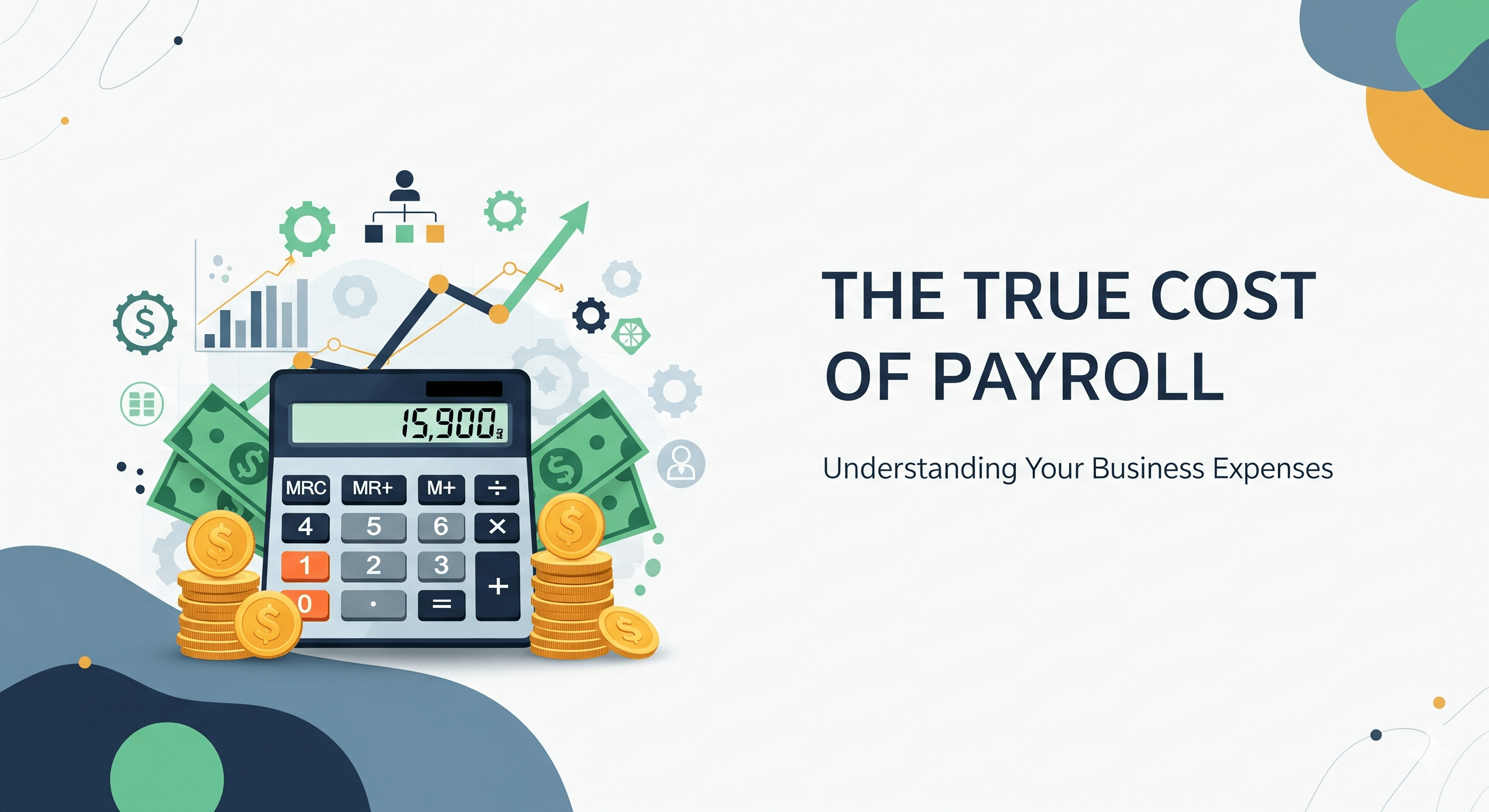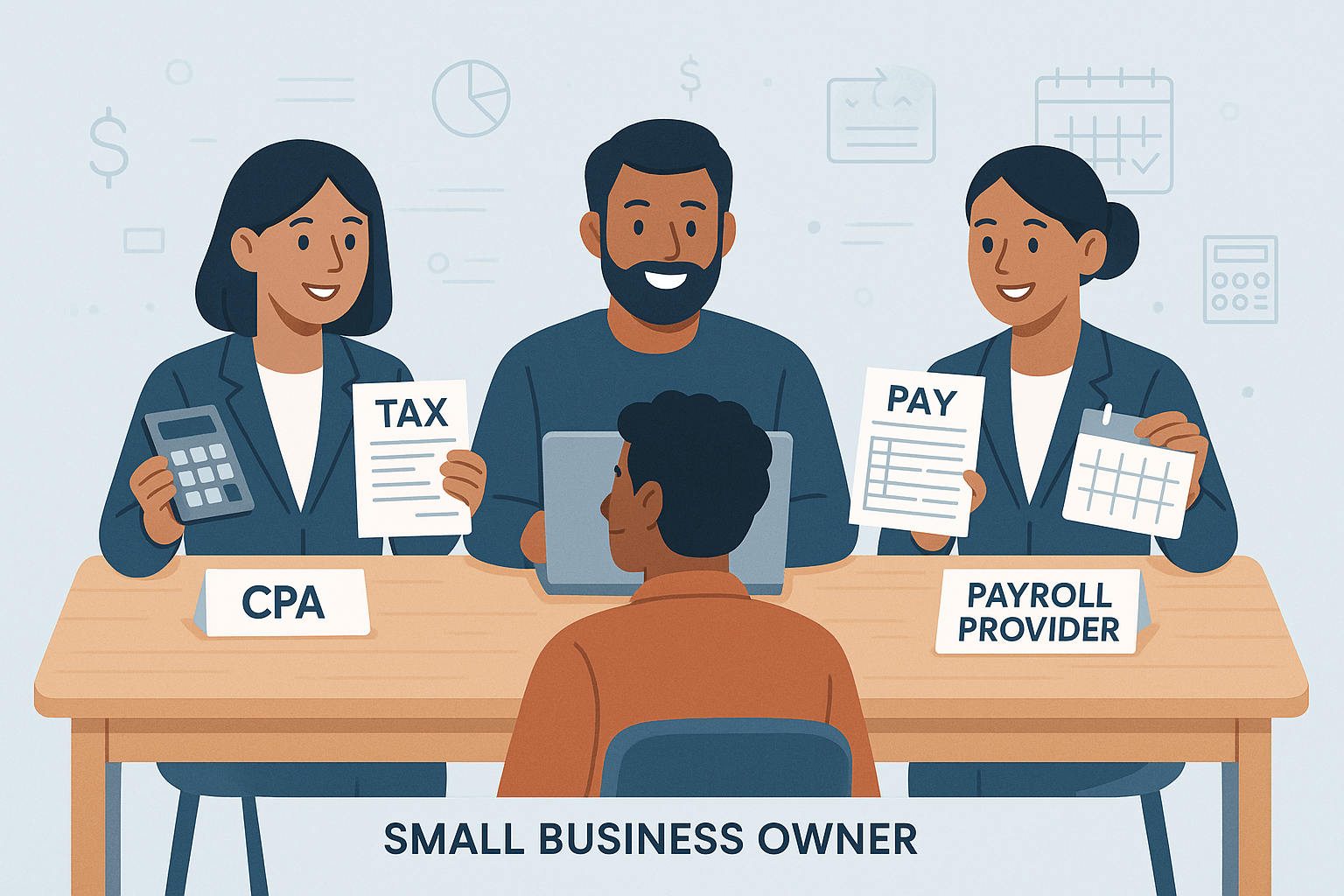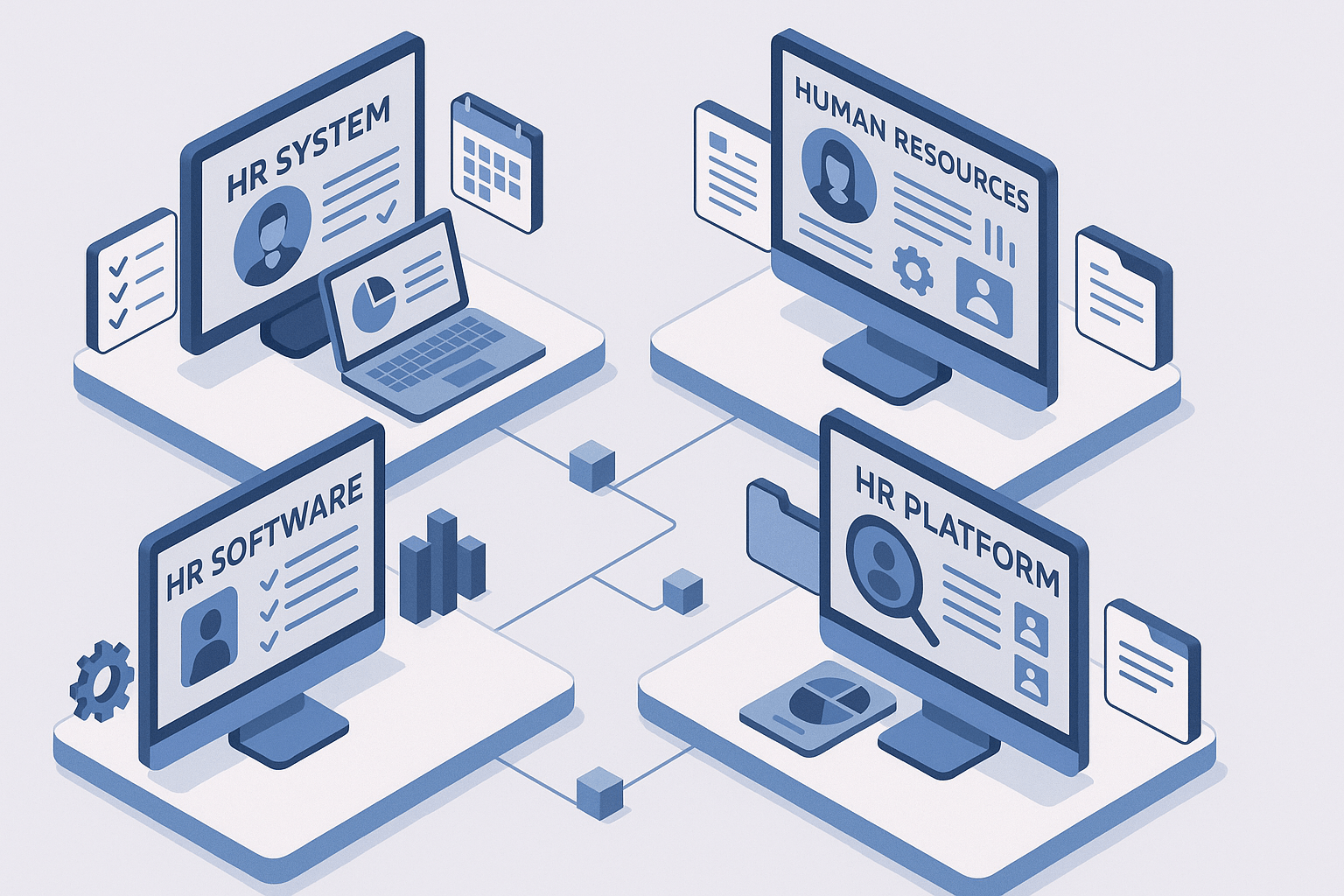What Time of Year Should I Switch Payroll Service Providers?
June 20th, 2024
6 min read

Are you tired of dealing with payroll errors, poor customer service, and outdated technology? Managing payroll is challenging enough without worrying about missed payments, tax issues, or compliance failures. If you’re feeling the pressure from an unreliable payroll service, you’re not alone. Many businesses face these same frustrations, and sticking with a subpar payroll provider can have steep costs—not only in terms of money but also employee satisfaction and time.
At Lift HCM, we’ve helped businesses streamline their payroll processes for years. We’ve seen firsthand the headaches that come with the wrong provider and understand how essential a reliable payroll system is to running a smooth operation. Our expertise in payroll and human capital management (HCM) solutions gives us unique insights into making payroll transitions as seamless and stress-free as possible.
In this article, we’ll cover the top signs it’s time to switch payroll providers, key factors to consider, the best times of year for a smooth transition, and steps to make the switch without disrupting your business. By the end, you’ll know exactly when and how to switch payroll providers, helping your business avoid costly mistakes and keep your payroll operations running smoothly.
Table of Contents
- Why Timing Matters When Switching Payroll Providers
- The Best Time of Year to Switch Payroll Providers
- Factors to Consider Before Making a Switch
- Signs It’s Time to Switch Payroll Providers
- Key Questions to Ask When Evaluating a New Payroll Provider
- Steps for a Smooth Payroll Provider Transition
- Preparing for a Better Payroll Future
Why Timing Matters When Switching Payroll Providers
Timing is crucial when switching payroll providers. Choosing the right moment can help reduce disruptions, prevent errors, and keep payroll running smoothly. Here’s why timing plays such a big role:
-
Minimizing Disruptions: Payroll affects every employee. Mistimed switches can lead to delayed payments, compliance issues, and reduced employee morale. By selecting an optimal transition time, you avoid these headaches.
-
Data Accuracy: Switching involves transferring sensitive data. The risk of errors in data migration can be minimized by switching at a time when payroll demands are lower, allowing for more thorough testing and validation.
-
Compliance and Reporting: Certain times of the year, like tax season, come with higher reporting and compliance requirements. Switching providers during these busy periods increases the risk of complications with tax filings and compliance checks.
-
Resource Availability: Your HR and finance teams are key players in this transition. Selecting a quieter time when they have more availability helps ensure the transition is efficient and successful.
By understanding the importance of timing, you can approach the switch in a way that minimizes disruption to your payroll processes.
The Best Time of Year to Switch Payroll Providers
Picking the right time of year for your switch can significantly impact the ease of the transition. Here are some ideal times to consider:
-
Year-End or Beginning of the Year: This is often the best time to switch since it aligns with the new tax year. Your old provider will close out the current tax year, and your new provider can take over with a fresh start, handling tax filings and W-2s for the year ahead.
-
End of a Quarter: If a year-end transition isn’t possible, switching at the end of a quarter is another good option. This timing minimizes mid-quarter data transfer and simplifies quarterly reporting.
-
After Major Business Changes: If your business has undergone changes like restructuring, a merger, or a significant change in staff, consider switching payroll providers to align with these shifts.
-
Avoid Peak Business Periods: If your business experiences high demand during certain seasons, such as the holiday season for retailers, avoid switching payroll providers during this time. Instead, choose a quieter period when you can devote more attention to the transition.
Choosing the best time of year to switch your payroll provider will ensure a smoother, more organized process that doesn’t disrupt your daily operations.
Factors to Consider Before Making a Switch
Switching providers involves transferring sensitive data and ensuring continuity in payroll and tax processes, so preparation is key.
-
Data Security: You’ll be transferring sensitive information, including employee data and financial records. Make sure your new provider has strong data security protocols in place, such as encryption and compliance with data protection laws.
-
Compliance Expertise: Confirm that your new provider understands payroll regulations relevant to your industry and location. Their compliance expertise will help prevent fines and penalties down the road.
-
Integration with Other Systems: Payroll systems often need to work seamlessly with HR software, time-tracking tools, and benefits platforms. Verify that your new provider can integrate smoothly with your existing systems.
-
Cost Transparency: Some providers offer low introductory rates, but these may come with hidden fees. Clarify all costs upfront and ask for a transparent pricing breakdown to avoid unexpected charges.
-
Customer Service and Support: A reliable provider should offer responsive, knowledgeable support, especially during the transition phase. Ask if they provide 24/7 support and if there’s a dedicated account manager assigned to your business.
By thoroughly evaluating these factors, you can avoid the pitfalls of an ill-prepared switch and choose a provider that aligns with your business needs.
Signs It’s Time to Switch Payroll Providers
If you’re experiencing any of these common issues, it may be time to explore new payroll provider options:
-
Frequent Payroll Errors: Repeated mistakes—such as incorrect payments, missed deductions, or tax errors—are clear signs that your current provider isn’t meeting your needs.
-
Poor Customer Service: Long wait times and unhelpful responses are red flags. Your payroll provider should offer quick, knowledgeable support to resolve issues efficiently.
-
Outdated Technology: If your provider lacks modern features like cloud-based access or mobile functionality, your payroll system may be holding your business back.
-
Compliance Issues: Payroll regulations change frequently, and your provider needs to keep up. If they’re lagging on updates, you could be at risk of non-compliance, leading to fines and other penalties.
-
Hidden Fees and Costs: A lack of transparency in pricing can be a problem. If you’re constantly surprised by extra charges, it’s time to look for a provider with clear, upfront pricing.
Recognizing these red flags early on can save your business from future disruptions and ensure payroll accuracy and compliance.
Key Questions to Ask When Evaluating a New Payroll Provider
Choosing a new payroll provider can feel overwhelming with all the options available. However, by asking the right questions, you can narrow down the best choice for your business. Here are some essential questions to guide your decision:
-
What Services Are Included in the Pricing? Make sure to understand the full scope of services provided under the pricing structure. Some providers charge extra for services like tax filing, direct deposits, or benefits administration.
-
How Do You Ensure Compliance with Payroll Regulations? Ask how the provider stays current with local, state, and federal payroll laws to ensure your business stays compliant.
-
What is Your Customer Support Like? Understand the level of support offered. Do they provide a dedicated account manager? Is customer support available 24/7, and through what channels (phone, email, chat)?
-
Can the System Scale with My Business? If you plan to grow or expand, it’s important to know whether the payroll provider can scale with you, offering additional services or handling a larger workforce without causing issues.
-
What Security Measures Do You Have in Place? With sensitive data being transferred and stored, your provider should use strong encryption and other cybersecurity measures to protect against data breaches.
These questions will help you assess whether the new provider is capable of handling your business’s payroll needs both now and as you grow.
Steps for a Smooth Payroll Provider Transition
Switching payroll providers doesn’t have to be complicated if you follow these steps:
-
Review Contracts and Terms: Start by reviewing your contract with the current provider to avoid penalties and understand notice periods.
-
Inform Your Employees: Keep employees in the loop about the change to reassure them that their pay will not be affected. Provide instructions if there are new procedures for accessing pay stubs or tax documents.
-
Migrate Data Carefully: Work closely with both the outgoing and incoming providers to ensure a secure and accurate data transfer. Double-check critical information like tax deductions and direct deposit details.
-
Test the System: Run a few test payrolls before going live to identify any errors. Testing helps ensure that everything is set up correctly and that any issues are resolved before affecting employees.
-
Monitor the First Few Payrolls Closely: Keep a close eye on payroll operations during the initial period. Address any issues immediately with your new provider to ensure a smooth transition.
Following these steps can help you transition smoothly, ensuring continuity in payroll operations and maintaining employee satisfaction.
Take charge of your next implementation and make sure the problems outlined in this article are ones you never have to deal with! Read 5 Problems Delaying Payroll Implementation.
Preparing for a Brighter Payroll Future
If you’re dealing with payroll errors, outdated technology, or poor customer service, sticking with your current provider may no longer be the best option. This article has highlighted the signs that it’s time to make a switch, the factors to evaluate, and the best timing for your transition. Now, you’re equipped with the insights needed to make an informed decision and start the transition with confidence.
As you move forward, Lift HCM is here to support your journey. With advanced technology, compliance expertise, and outstanding customer service, we’re ready to help you switch to a payroll provider that truly fits your needs. Ready to make the change? Contact us, and we’ll guide you through every step of the way.
Want to learn more? Check out the article: 7 Considerations When Choosing a Payroll Provider
Caitlin Kapolas is a results-driven professional with a strong background in account management and retail. She is dedicated to improving client experiences and building lasting relationships. Caitlin excels in identifying client needs, resolving issues, and implementing customized solutions that drive value. Her effective communication skills ensure high client satisfaction and loyalty, making her a trusted advisor and partner in meeting client needs with precision and professionalism.
Topics:







